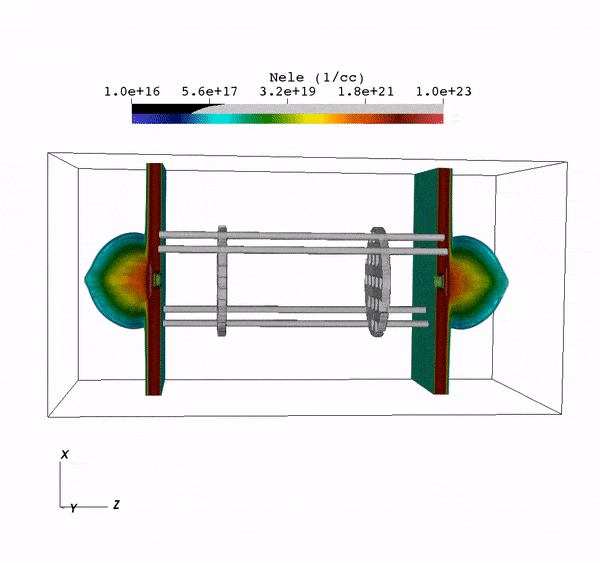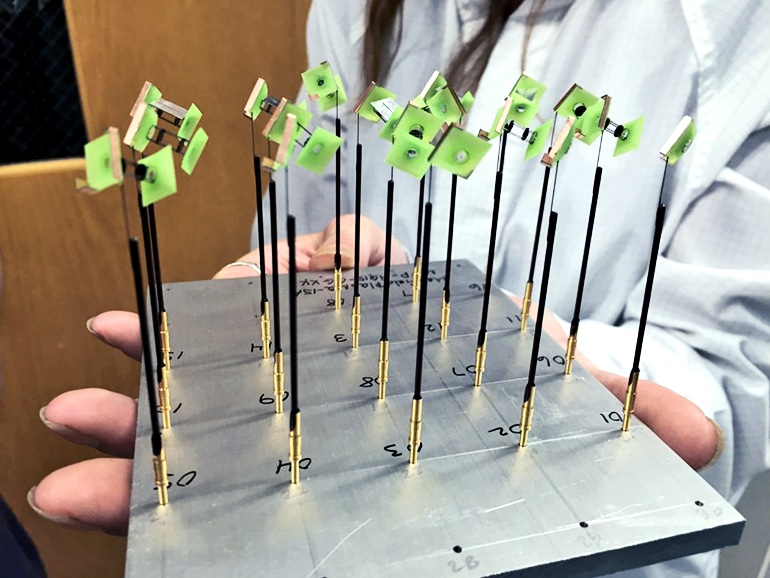Scientists have demonstrated the existence of an elusive phenomenon called “turbulent dynamo,” which had previously never before been measured or observed directly.
The universe is filled with magnetic fields, but how it got that way has long been a mystery. To explain the magnetization of the universe—or, rather, how tiny, primordial “seed” magnetic fields grew to astronomical proportions—scientists proposed the existence of “turbulent dynamo.”

“Studying turbulent dynamo can help us understand how the universe was formed and how energy is partitioned within the universe,” says Dustin Froula, a senior scientist at the University of Rochester’s Laboratory for Laser Energetics and an assistant professor of physics and astronomy.
What is ‘turbulent dynamo’?
A dynamo can be thought of like a rotating fluid, much like water spinning as it flows down a drain. If it were possible to attach a piece of string to water as it begins to rotate, the spinning motion would tie the string into knots.
Now imagine if the water represented a plasma—a form of matter where the electrons are no longer bound to their ions and that is typically found at very high temperatures—and the string represented the magnetic field lines. The tighter the knots—or rather, the circular motions of electrons—the stronger the magnetic field.

“Theoretical expectations that turbulent dynamo exists go back more than half a century,” says Gianluca Gregori, a professor of physics at the University of Oxford and the experimental lead on the project. “While significant theoretical work has been done over the years, demonstrating turbulent dynamo amplification in the laboratory remained elusive. It is extremely difficult to create on Earth the conditions in which turbulent dynamo can operate.”
To achieve these conditions, researchers used laser beams with the power equivalent to 100 trillion laser pointers. They leveraged the turbulent state of the universe’s visible matter by tapping into the energy of a plasma.
The challenge was to produce a plasma with high enough temperatures and strong enough turbulence that the turbulent dynamo mechanism could operate, and then retain this state for long enough that the mechanism could amplify seed magnetic fields.
The Omega laser
The collaboration included a five-year experimental effort to study magnetized turbulence in smaller-scale laser facilities and culminated in experiments at the Omega Laser Facility. The researchers measured the plasma temperature, turbulent velocities, and magnetic fields using an innovative Thomson scattering system.
“Fundamentally, if you have a plasma and send laser beam light into the plasma, the plasma will scatter that light,” Froula says. “If you look at the frequency of the scattered light, it will have characteristics of the plasma. From those characteristics, we are able to measure the magnetic field strength.”
Lasers recreate ‘molecule that made the universe’
The team performed numerical simulations to design and interpret the experiments using a FLASH simulation code developed at the University of Chicago and they measured the magnetic field using protons fired through magnetized plasma, a technique developed by scientists at the Massachusetts Institute of Technology.
The researchers report their findings in Nature Communications.
Source: University of Rochester



